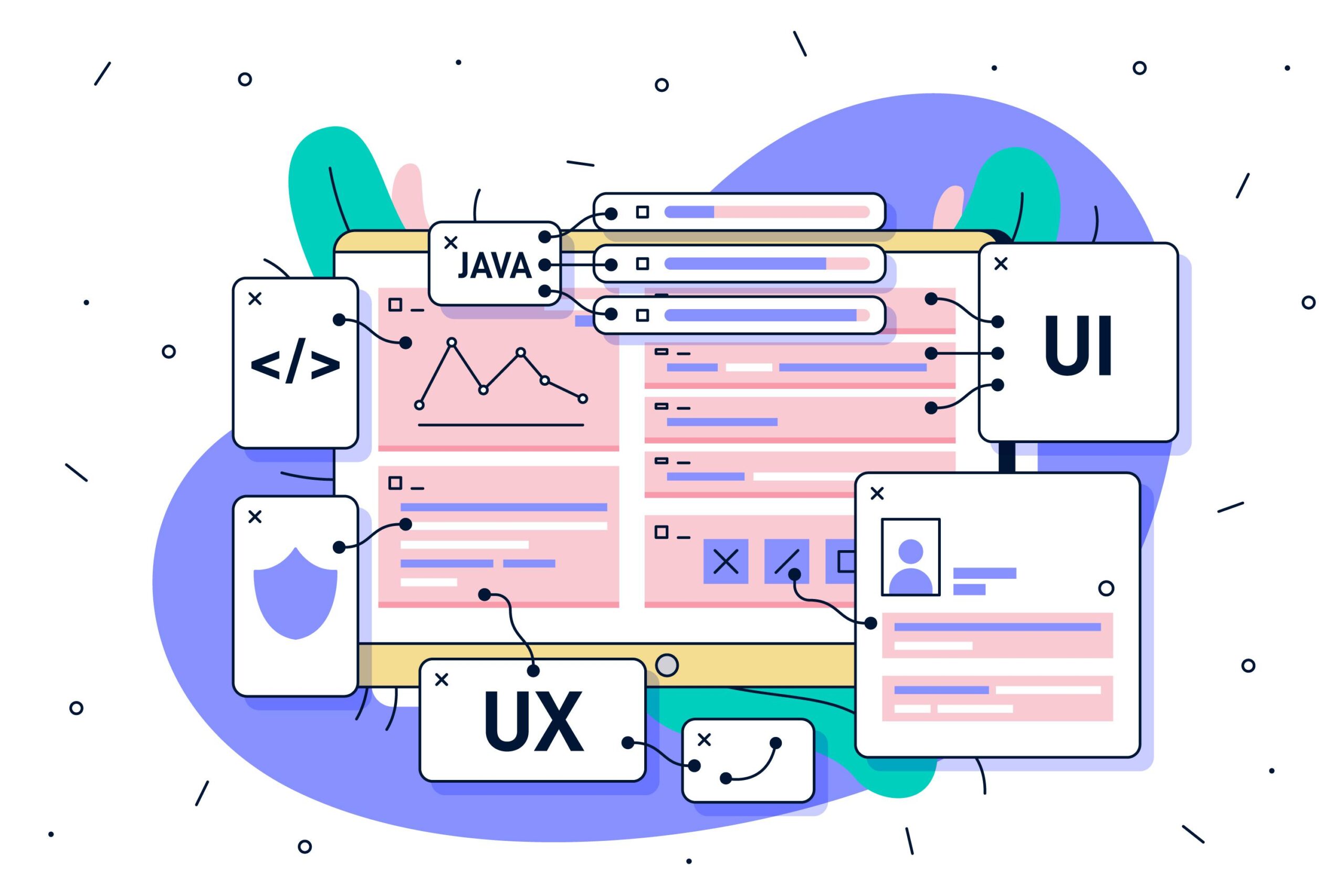Getting Around the UX Course Landscape: A Guide to Design Mastery
Remaining competitive in the ever-evolving field of user experience (UX) design necessitates a dedication to ongoing education and skill enhancement. The abundance of online courses available to UX aficionados of different skill levels makes it difficult to choose the best route to proficiency. But you can easily find the best courses to unlock UX greatness by knowing the essential elements of a successful UX course and taking into account your own learning goals.

Understanding UX Course Essentials:
The fundamental components that make a UX training valuable must be understood before diving into specific course recommendations:
All-inclusive Curriculum:
A good UX course should cover a wide range of subjects, from sophisticated methods in user research, prototyping, and usability testing to the foundational ideas of UX design.
Practical Projects:
Having real-world experience is crucial for UX designers. Seek for courses that provide chances to put theoretical ideas into practice through practical assignments, case studies, and simulations of real-world situations.
Professional Guidance:
Training taught by seasoned UX practitioners or industry experts offers priceless advice and insights. To verify reliability, check the evaluations and credentials of the instructor.
Engaging in Interactive Education:
Interactive learning resources including forums, interactive quizzes, and videos encourage involvement and improve understanding.
Adaptability and Availability:
Take into account your desired learning rate and schedule. Select classes that provide scheduling flexibility and online access to course materials.

Examining the Best UX Courses
Let’s now examine a carefully chosen range of UX courses that best meet the previously stated standards:
“UX Course Design Institute”:
Brilliko institute of multimedia offers a Professional Course in UX Design along with an extensive curriculum encompassing information architecture, interaction design, user research methodologies, and UX principles. Under the guidance of professionals in the field, the course integrates independent online learning modules with real-world projects, guaranteeing a practical education. A globally recognized qualification is also obtained upon successful completion, which improves job opportunities.
“Interaction Design Foundation (IDF)”:
IDF has a vast portfolio of UX courses suitable for both novices and seasoned experts. Their courses include a broad spectrum of subjects, including emotive design, accessibility, and UX research and prototyping. IDF offers top-notch education with an emphasis on accessibility and affordability through peer-reviewed assignments, interactive classes, and a friendly learning environment.
“Coursera – University of Michigan: Interaction Design Specialization” :
This specialization consists of a set of courses that address usability testing, prototyping, and user research—all crucial components of interface design. Under the direction of University of Michigan faculty, the program places a strong emphasis on a hands-on approach, with students working on real projects to reinforce learning goals. In addition, Coursera’s platform provides accessibility and flexibility, enabling students to pace their study in accordance with their own preferences.
“LinkedIn Learning” :
LinkedIn Learning offers a wide range of flexible and diverse learning alternatives, including a big library of courses on UX design. The courses include everything from introductory topics for beginners to more complex subjects like design thinking and UX strategy. With instructors from prestigious businesses and universities, LinkedIn Learning provides real-world knowledge and skills that are applicable to the workplace. Furthermore, the integration of the site with LinkedIn profiles enables the presentation of recently acquired skills to prospective employers.
“General Assembly’s UX Design Immersive” :
The UX Design Immersive bootcamp offered by General Assembly provides a comprehensive curriculum taught by specialists in the industry for individuals looking for a focused and intense learning experience. The bootcamp provides students with practical skills and projects that are suitable for their portfolios by combining lectures, seminars, and group projects. General Assembly offers online and flexible learning choices to suit a range of learning styles, with campuses located in key cities across the globe.

Customizing Your Education
Even if the aforementioned courses are great choices for studying UX design, it’s important to match your selection with your unique learning objectives, financial constraints, and chosen learning method. Take into account these pointers to customize your educational experience:
Establish Your Goals:
Give a clear description of your professional goals and learning objectives so that courses tailored to your needs can be found.
Do Extensive Research:
Examine course reviews, syllabi, and instructor biographies to determine each course’s suitability and caliber.
Request Input:
To get advice and insights, speak with peers or professionals who have finished the courses you are thinking about.
Utilize Free Resources:
In order to give you a taste of the course material before committing, several platforms offer free introductory courses or trial periods.
Remain Active and Involved:
Engage fully in class discussions, ask peers and teachers for feedback, and constantly hone your skills outside of the classroom.

Conclusion:
You may start along the path to seamless design mastery and realize the full potential of user experience excellence by taking an intentional approach to your UX learning journey and making the most of the abundance of resources at your disposal.




